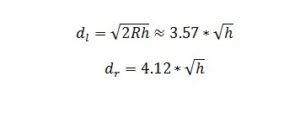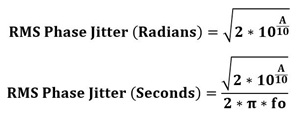This convertor helps engineers and technicians quickly determine the frequency offset in parts per million (ppm) relative to a nominal oscillator or carrier frequency. It is essential in RF design and calibration to assess precision and stability.
Conversion Formula
ppm = (Δf / f₀) × 10⁶
Formula Explanation
Δf is the frequency variation and f₀ is the nominal or center frequency. Dividing the offset by the nominal frequency gives a relative change, and multiplying by one million converts it to parts per million, a standard unit for frequency deviation.
![]()
Example Usage
If a 10 MHz oscillator has a frequency shift of 50 Hz:
ppm = (50 / 10,000,000) × 10⁶ = 5 ppm
Why this Hz to PPM Convertor is useful:
1. Quickly calculates ppm deviation for oscillators and RF devices.
2. Assists in evaluating component tolerance and system stability.
3. Provides instant conversion without manual calculation.
4. Helps in testing frequency accuracy during calibration processes.
5. Valuable tool for RF engineers, technicians, and students working on precision frequency systems.








